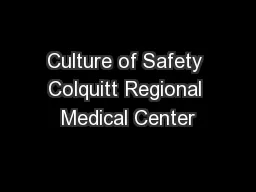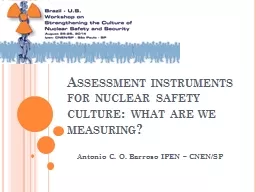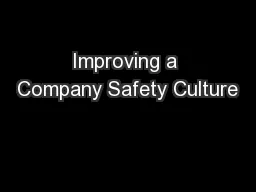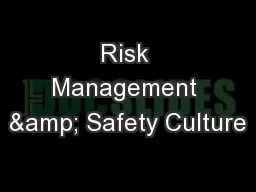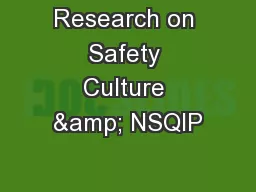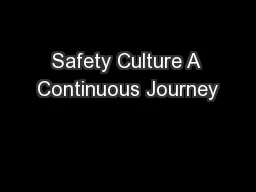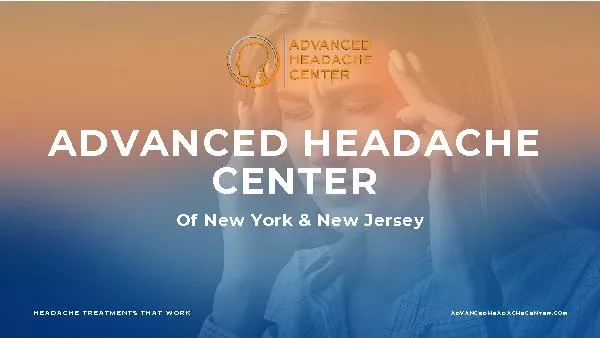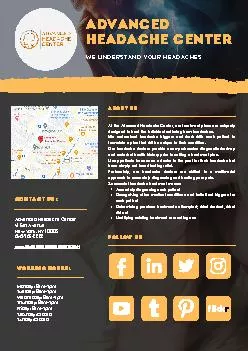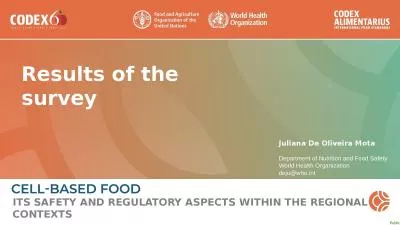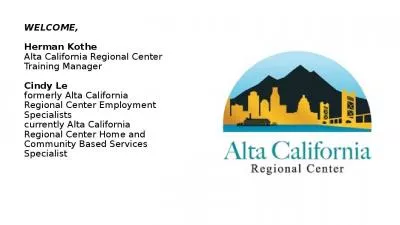PPT-Culture of Safety Colquitt Regional Medical Center
Author : test | Published Date : 2018-09-30
Culture of Safety Survey Safety culture is the product of individual and group beliefs values attitudes perceptions competencies and patterns of behavior that determine
Presentation Embed Code
Download Presentation
Download Presentation The PPT/PDF document "Culture of Safety Colquitt Regional Medi..." is the property of its rightful owner. Permission is granted to download and print the materials on this website for personal, non-commercial use only, and to display it on your personal computer provided you do not modify the materials and that you retain all copyright notices contained in the materials. By downloading content from our website, you accept the terms of this agreement.
Culture of Safety Colquitt Regional Medical Center: Transcript
Download Rules Of Document
"Culture of Safety Colquitt Regional Medical Center"The content belongs to its owner. You may download and print it for personal use, without modification, and keep all copyright notices. By downloading, you agree to these terms.
Related Documents

